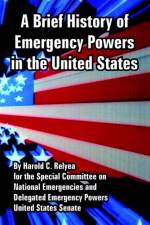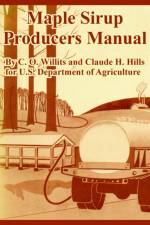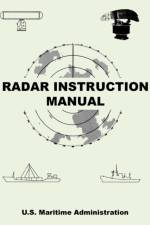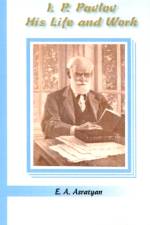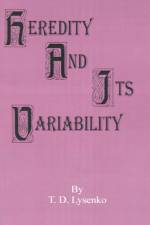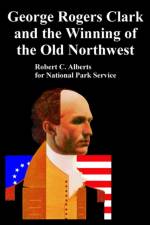von Catherine Lynn Frangiamore
29,98 €
The papered and bordered wall was an important feature of American interiors during the 18th, 19th, and early 20th centuries. Paper hangings, both imported and of domestic manufacture, were more widely used than many of our restored buildings might lead us to believe. In the late 17th and early 18th centuries, not only were American walls whitewashed, painted, and "wainscoted," but they were also hung with a variety of materials. An English visitor of 1750, James Birket, commented on the number of rooms in Newport, Rhode Island, that were hung with printed canvas and paper. There is also documentation in the 18th century for the use of leather and textile wall hangings in this country. As early as 1700, wallpapers were recorded among the stock of a Boston merchant, and by the late 18th century, paper hangings were available to the middle class as well as to the rich. American advertisers claimed that "the low prices at which they will be sold will make papering cheaper than whitewashing." Easily transported, papers were available at surprisingly early dates not only in the seaboard urban centers, but also in the back country. During the 1840's, industrialization transformed the business of producing wallpapers and made them affordable in the average household. An appetite for papers was stimulated by manufacturers: their advertisements in this period promoted wallpaper for use in churches, banks, and offices, as well as in houses. The resulting popularity of patterned walls is reflected in statistics of soaring production. In 1840, observers of the industry reported that this country produced two million rolls of paper. By the 1880's paper was the standard wall finish and production rose to 100 million rolls in 1890. This wallpaper craze continued until World War I, for almost every imaginable use, from nursery to butcher shops. Architects increasingly specified wallpapers for their designs, and many examples of the late 19th-century period survive both on site and in photographs. Today, wallpaper is rarely given adequate consideration in the restoration of interiors. However, it should be remembered that 18th- and 19th-century owners, architects, and builders may have visualized certain spatial effects of light, warmth, mood, and proportion dependent on the use of wallpaper--effects which are completely distorted when the walls are painted a solid color. Therefore, attempts to create rooms in restored houses require careful consideration of the appropriate interior wall finish. The likelihood that wallpaper may have been used should be recognized and investigated. Whether the objective is to accurately restore an interior to a specific date, or to convey the feeling of a period, wallpaper can contribute positively to the overall success of a restoration. Striving for an accurate restoration, a high level of objectivity must be maintained and the evidence carefully considered. There are some pitfalls to avoid in choosing the paper. Not just any paper will achieve the proper historical ambience, and finding the proper documented paper is not always easy. Many expensively restored late 19th-century rooms have been unwittingly papered with reproductions of distinctly 18th-century patterns which were readily available. The personal tastes of the board of directors, local decorators, influential donors or volunteer committees can pose great problems. Often, after professional research reveals the actual paper that was used in a room, the results are ignored by members of an influential committee who consider the paper ugly and therefore "inappropriate." The impulse to decorate in conformity with 20th-century taste is commonly allowed to prevail, but should be suppressed. If paper is to be hung, patterns consistent with any evidence found in situ, or contemporary to the restoration target date and the type of room, should be care fully chosen.

